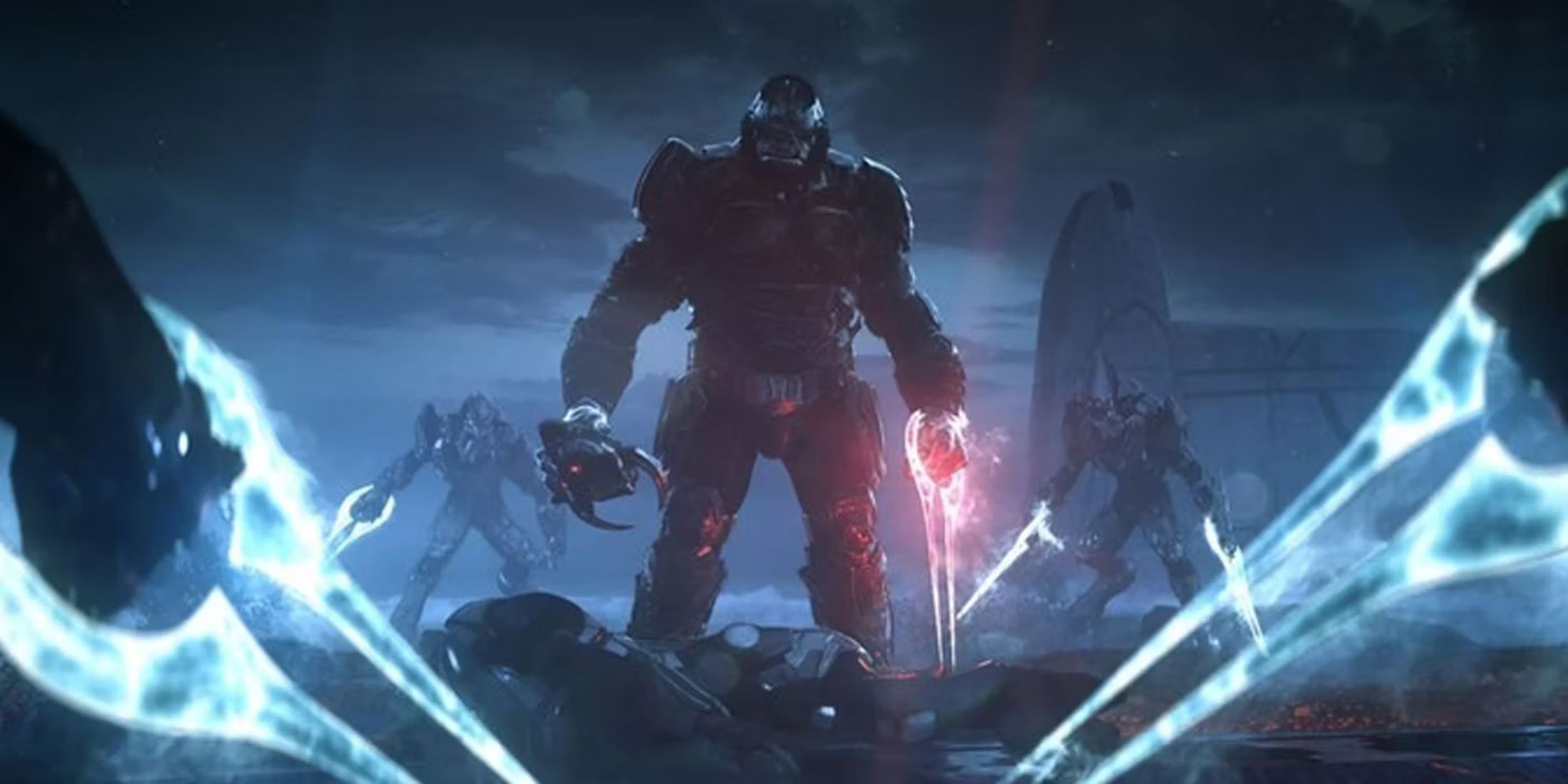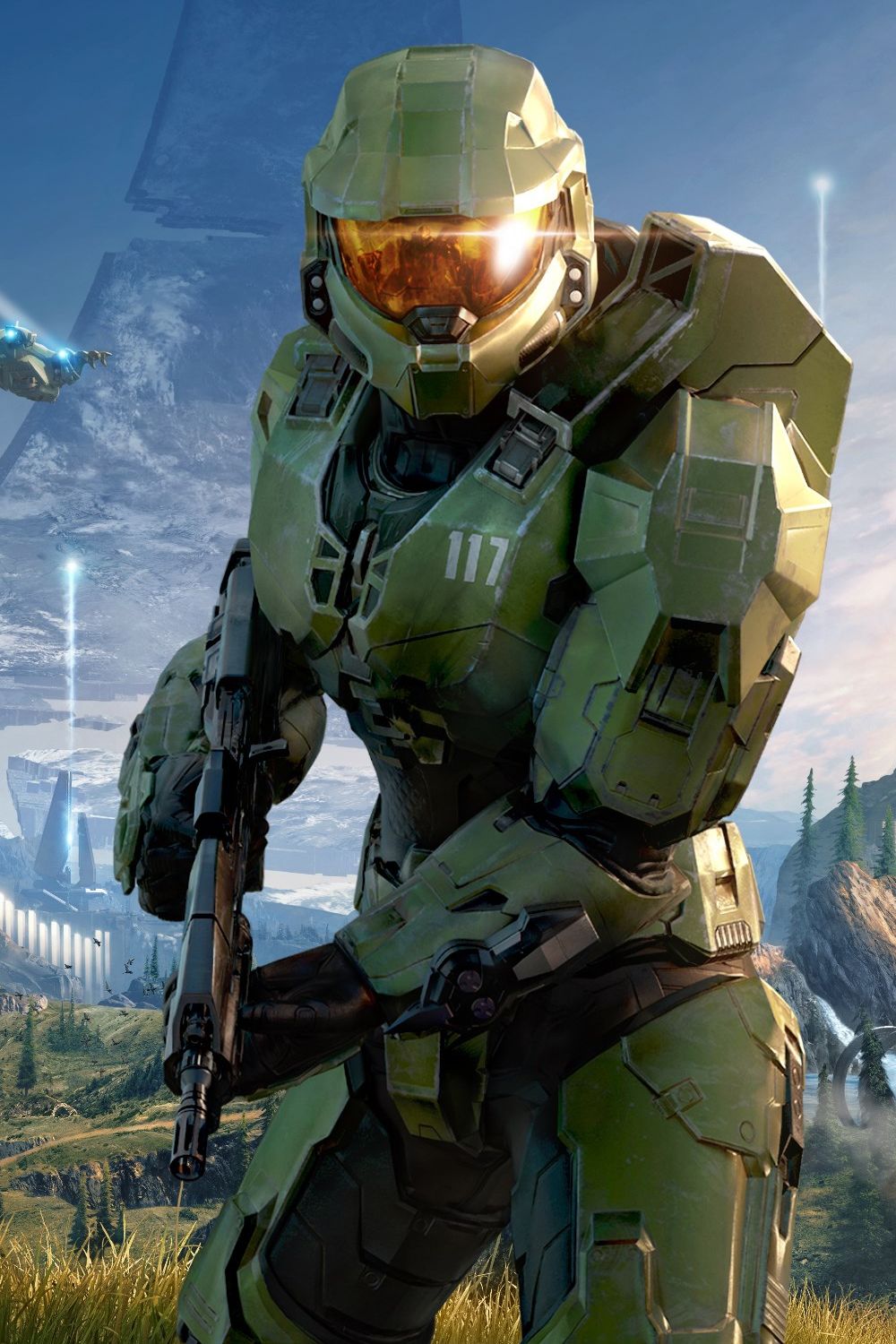Highlights
- Halo Infinite’s open-world structure is a successful evolution of the franchise.
- The campaign’s story lacks a strong narrative direction and a compelling villain.
- Atriox’s off-screen death leaves the game without a major antagonist, and future Halos should focus on a main villain.
Experimenting with an open-world structure for the first time in franchise history, Halo Infinite‘s campaign took the series in a bold new direction that worked surprisingly well. Though it certainly wasn’t perfect, Halo Infinite‘s open-world structure felt like a natural evolution of the original Halo trilogy’s more open-ended levels, and with satisfying new traversal gadgets like the Grappleshot, exploration felt fluid and fun.
But while Halo Infinite‘s open-world activities and gameplay mechanics were high points of praise among critics and fans, the campaign’s story was the mode’s biggest shortcoming. Though serviceable on the whole, with some nice personal moments between the Master Chief and Weapon sprinkled in, Halo Infinite‘s story lacked a strong narrative direction, and there’s one controversial story decision an eventual sequel can’t make again.
Related
Halo Infinite’s Call of Duty Zombies-Like Mode Should Only Be The Tip of the Iceberg
343 Industries should add more Call of Duty-like game modes into Halo Infinite’s multiplayer after the time limited Survive the Undead.
The Next Halo Should Keep its Focus on One Main Villain
Beating Atriox Off-Screen in Halo Infinite Was a Double-Edged Sword
First introduced in 2017’s Halo Wars 2, Atriox was an ex-Covenant soldier who – after witnessing the deaths of countless Brute brothers-in-arms – was banished for his heretical beliefs. Atriox managed to escape from his confinement and quickly rounded up fellow ex-Covenant warriors, forming a new faction known as The Banished. In Halo Wars 2, Atriox is consistently shown to be an incredibly powerful, dangerous threat to humanity, teeing it up perfectly for Halo Infinite‘s campaign.
Marketed as Halo Infinite‘s big bad before launch, Atriox makes an extremely memorable appearance at the start of the campaign. After being ambushed by Banished ships, the Master Chief is forced to board Atriox’s ship and face the Brute leader in a one-on-one melee. Surprisingly, Atriox wins the fight, throwing the Master Chief out into space. Six months later, the Master Chief is rescued, and he quickly discovers that Atriox was caught in an explosion triggered by Cortana on Zeta Halo, and that he’s presumed dead. When the Master Chief arrives on Zeta Halo, he faces off against the remaining Banished leaders who used to work under Atriox.
On one hand, beginning Halo Infinite with such a dramatic chain of narrative events is a great way to spice up the usual Halo formula. The Master Chief is rarely shown losing a fight, and starting the game with both the Chief and the player on the back foot is a fascinating dynamic for the franchise. But on the other hand, the decision to kill Atriox off-screen leaves the game without a major antagonist, and means that the player never gets to enact their cathartic revenge. While Halo Infinite‘s post-credits scene confirms that Atriox isn’t dead, it doesn’t help Infinite‘s lack of a compelling villain.
Halo Can’t Use This Same Trick Twice
Halo Infinite having the Master Chief get thrown out into space and ‘killing’ Atriox off-screen was an effective dramatic beat in the moment, as many fans weren’t expecting it. Naturally, if the next Halo repeated the same story beat where its villain gets defeated off-screen, it wouldn’t have nearly the same impact. Instead, the next Halo game should go out of its way to set up its main villain, highlight them throughout the campaign, and deliver a satisfying conclusion to their story, one that probably sees the player take them down and save the day in classic Halo fashion.


